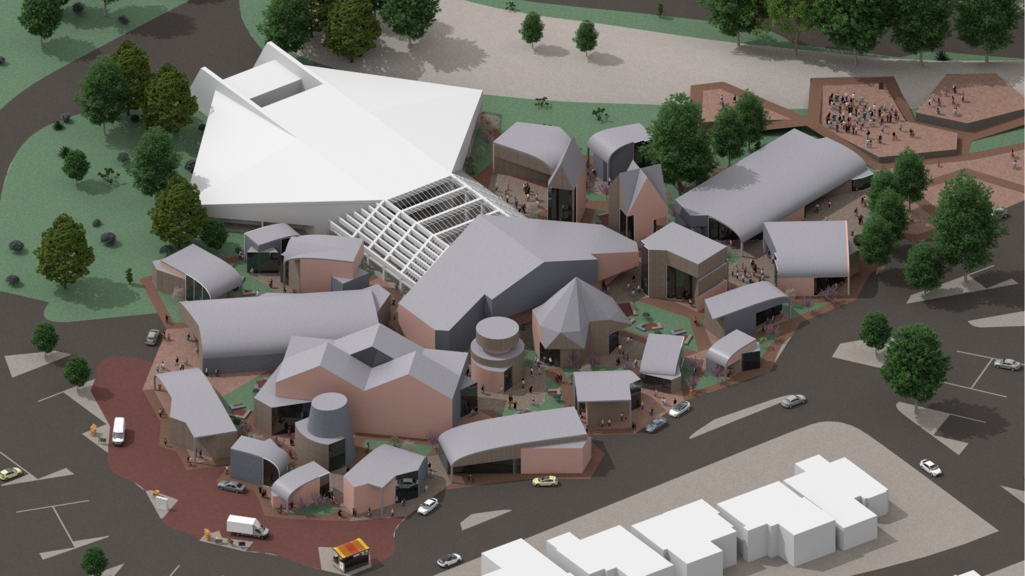
Village Without a Map
403C.3 Research Studio
2025
Carson Community Center: Village Without a Map
Work by Soe Naing Win (MArch ’25) for “Design with an Explicit Statement of Mission & Vision,” a Research Studio taught by Greg Lynn. Grounded in rigorously honed mission-and-vision statements, the studio replaces prescriptive form-making with conceptual clarity before students design a civic building on a common Carson site.
Soe Naing Win's Mission & Vision Statement:
"To create a spatial complication lacking a clear method of experience, opposing the orthogonal with the curvaceous, realized using minimal materials."
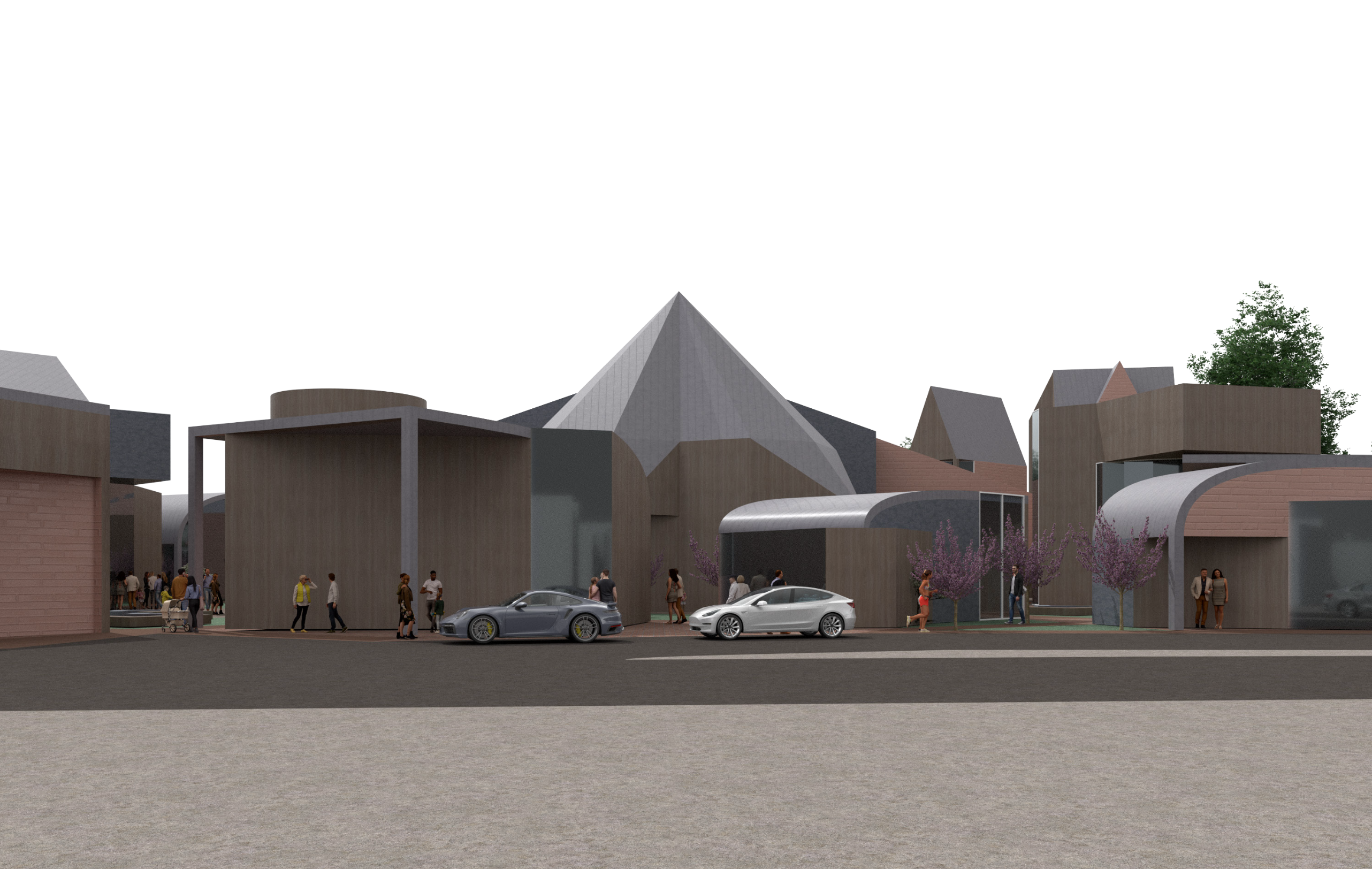
Project Statement:
"Carson Community Center: Village Without a Map" reimagines civic life in Carson by subverting the city’s auto-oriented fabric with a walkable, immersive civic landscape. Where strip malls dominate and streets fragment, the project introduces a field of buildings—rather than a single object—stitched together by circuitous circulation, framed views, and material continuity.
Guided by the mission “to create spatial complication lacking a clear method of experience, opposing the orthogonal with the curvaceous, realized using minimal materials,” the village favors intuitive exploration over prescriptive pathways. Landmarks replace signage, and four standard materials—wood, glass, masonry, and gabion walls—are detailed with subtle variation to aid wayfinding while maintaining affordability and cohesion.
This is not a center with a front and a back but a porous civic realm experienced through wandering, belonging, and gathering—hinting at a new architectural ethic for post-car suburbs.
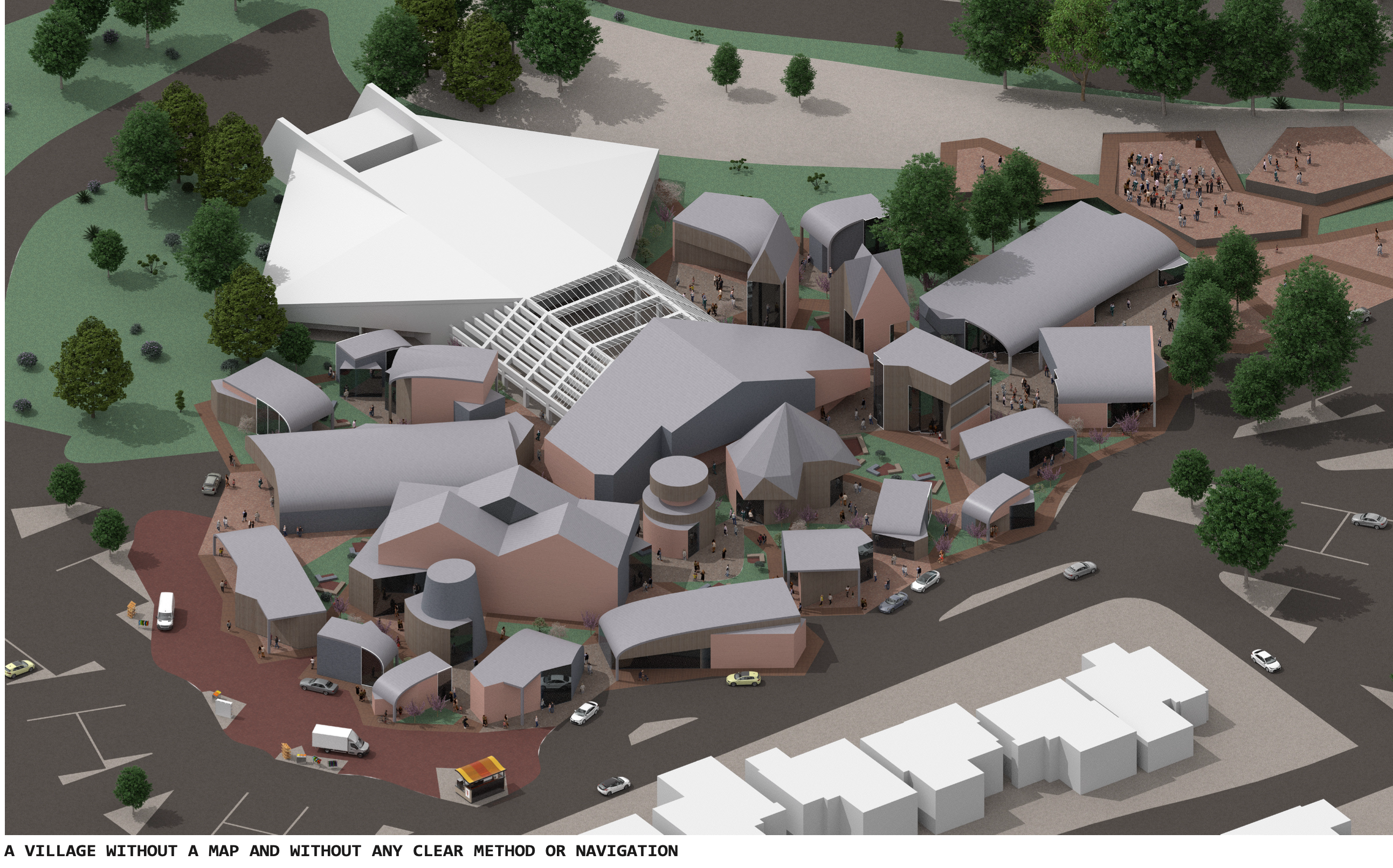
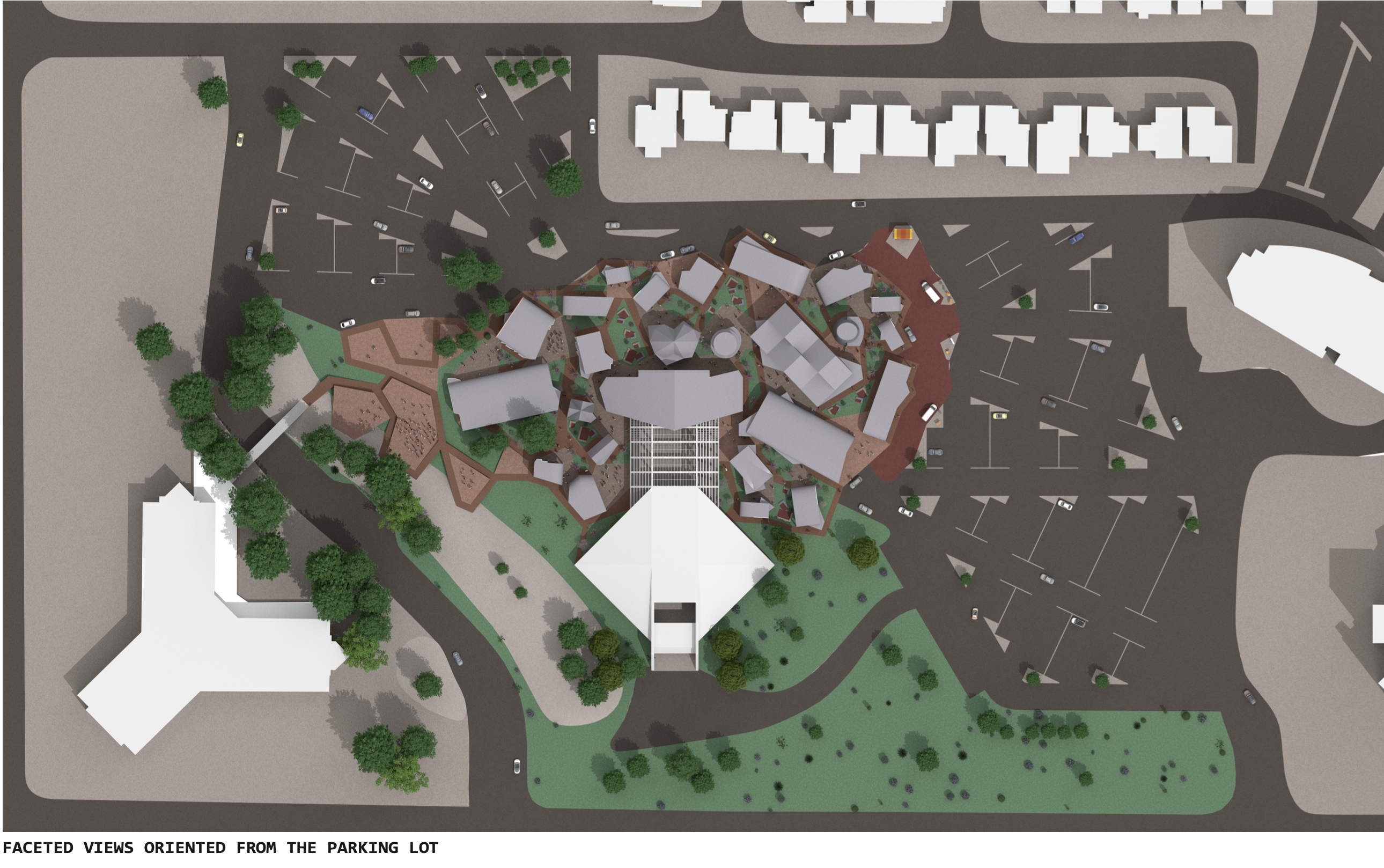
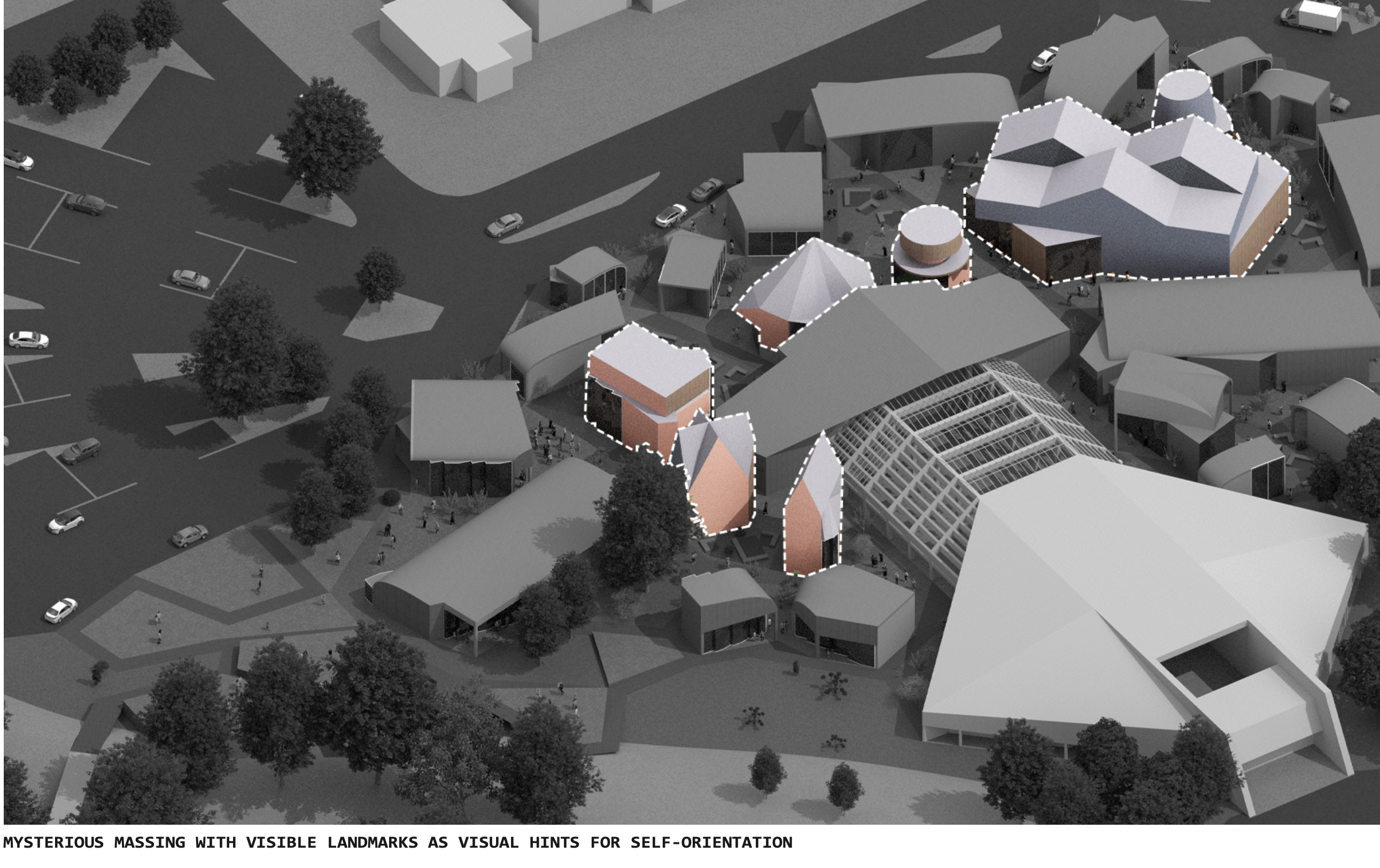
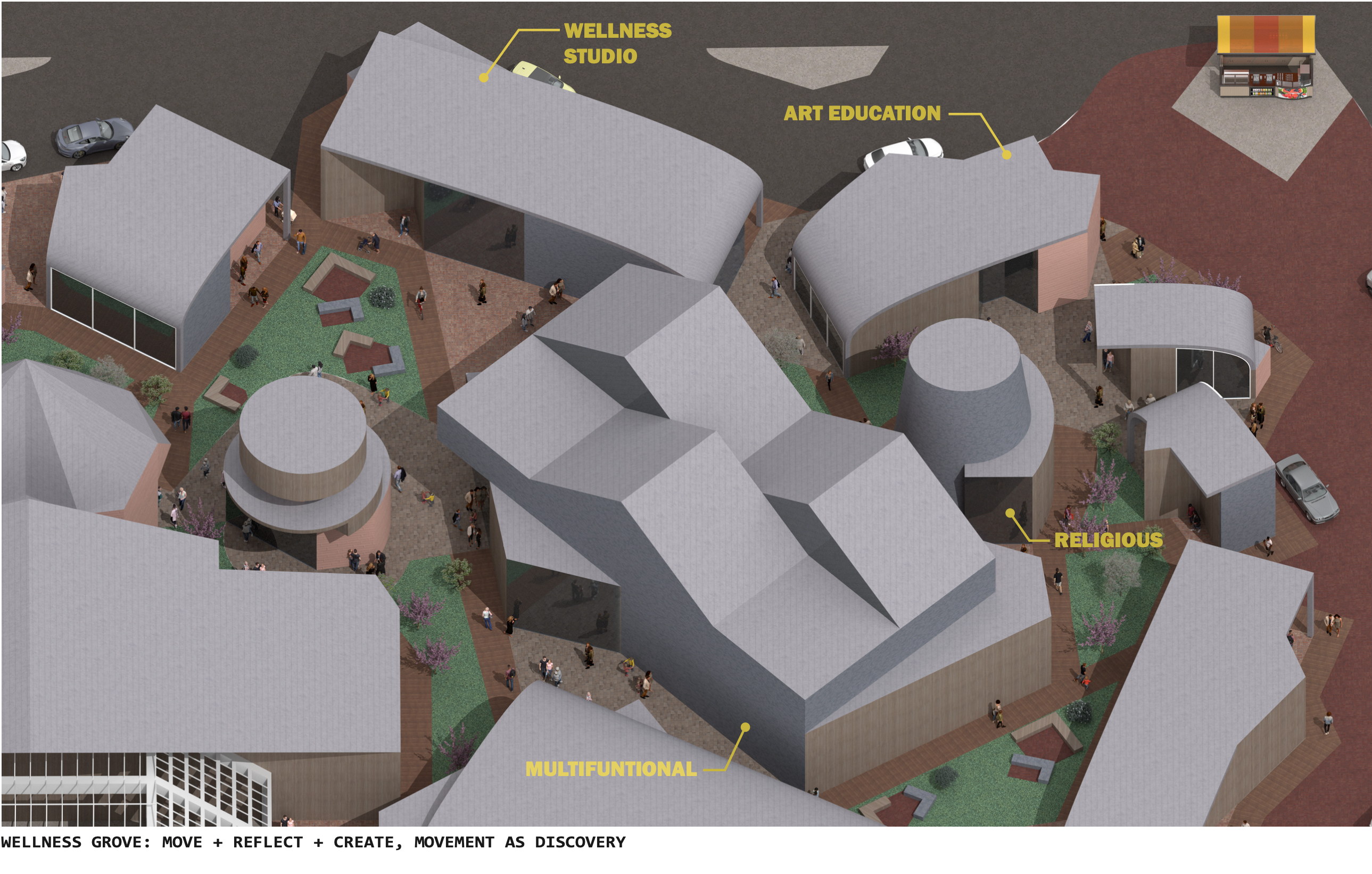
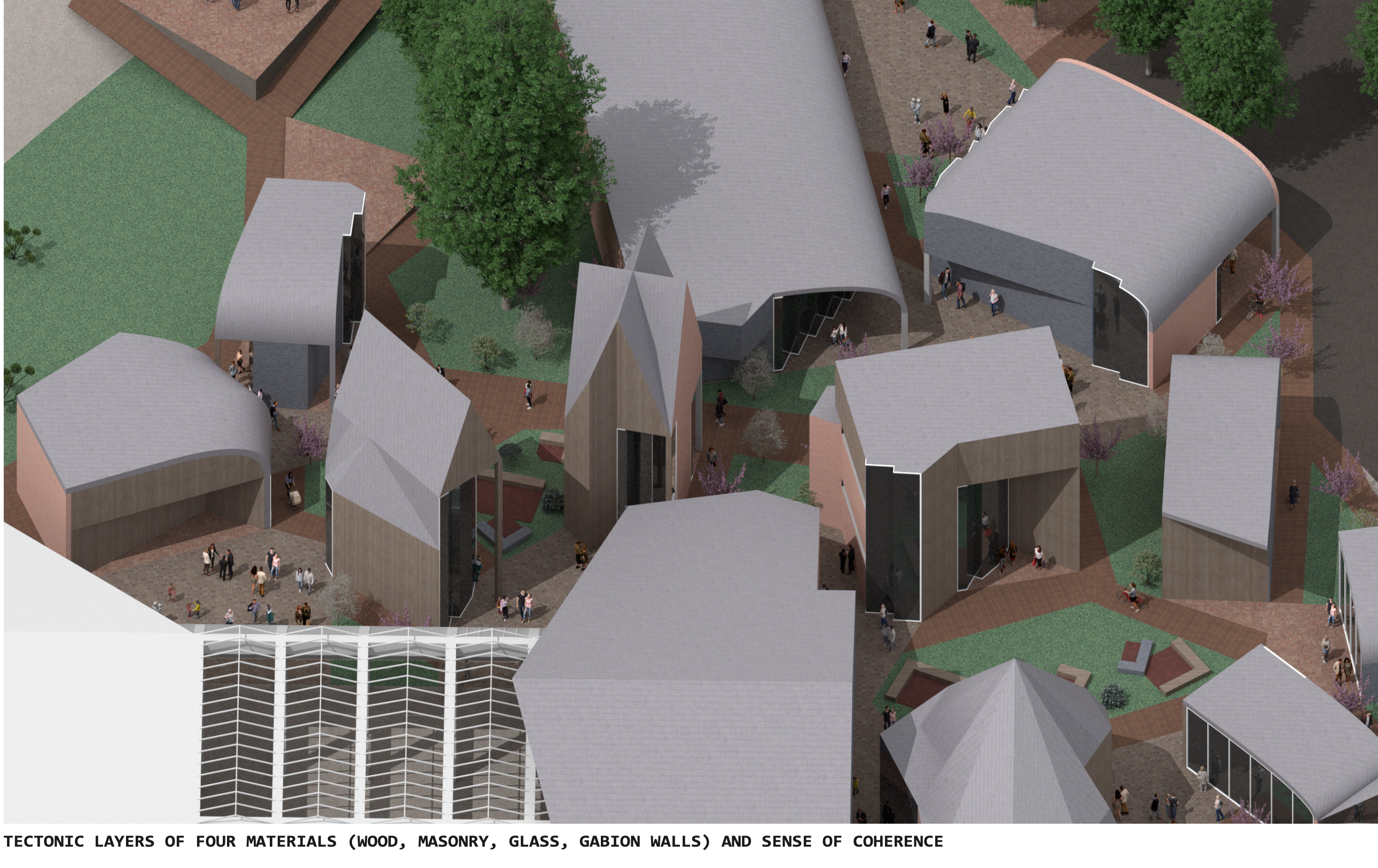
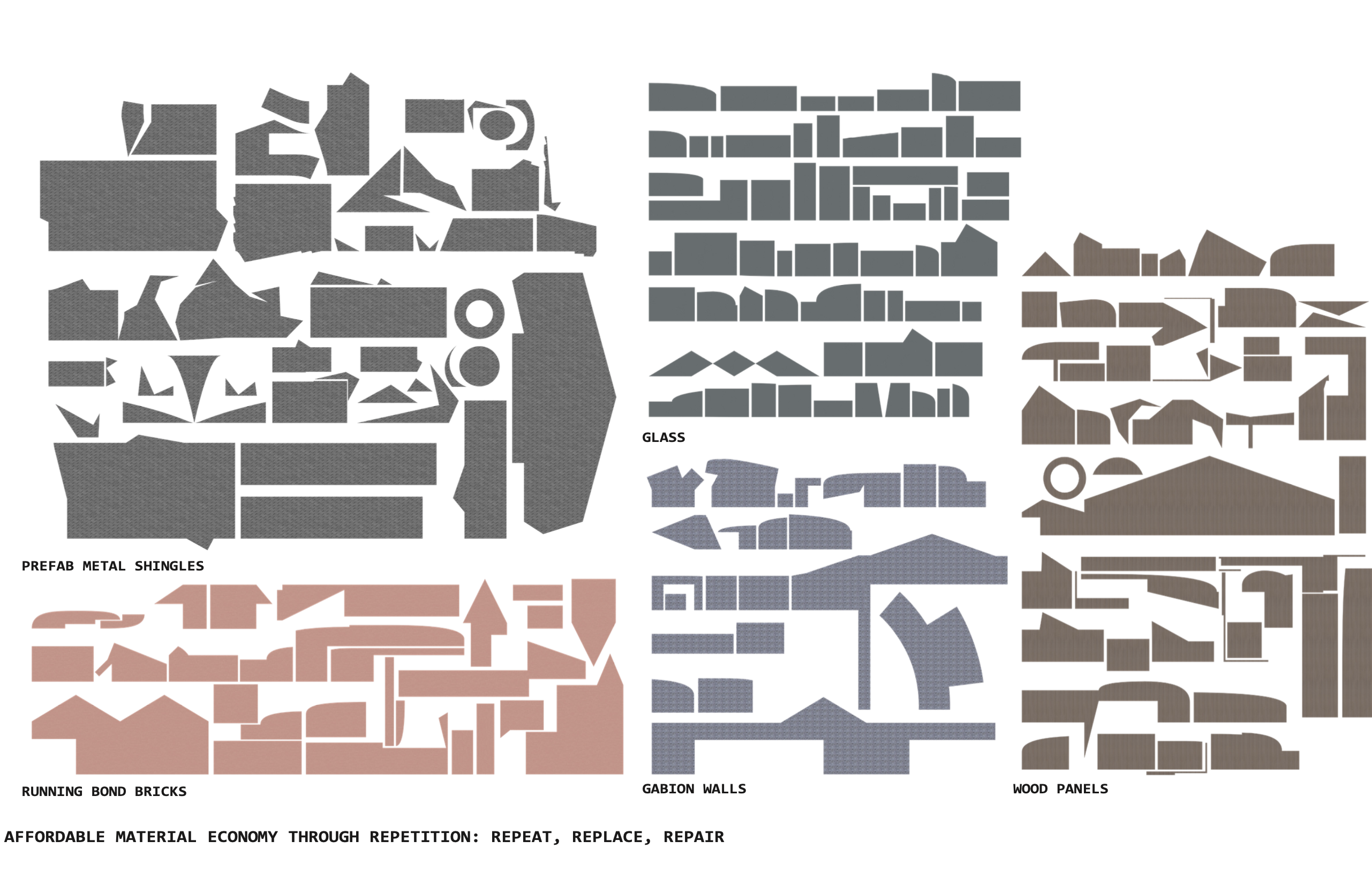
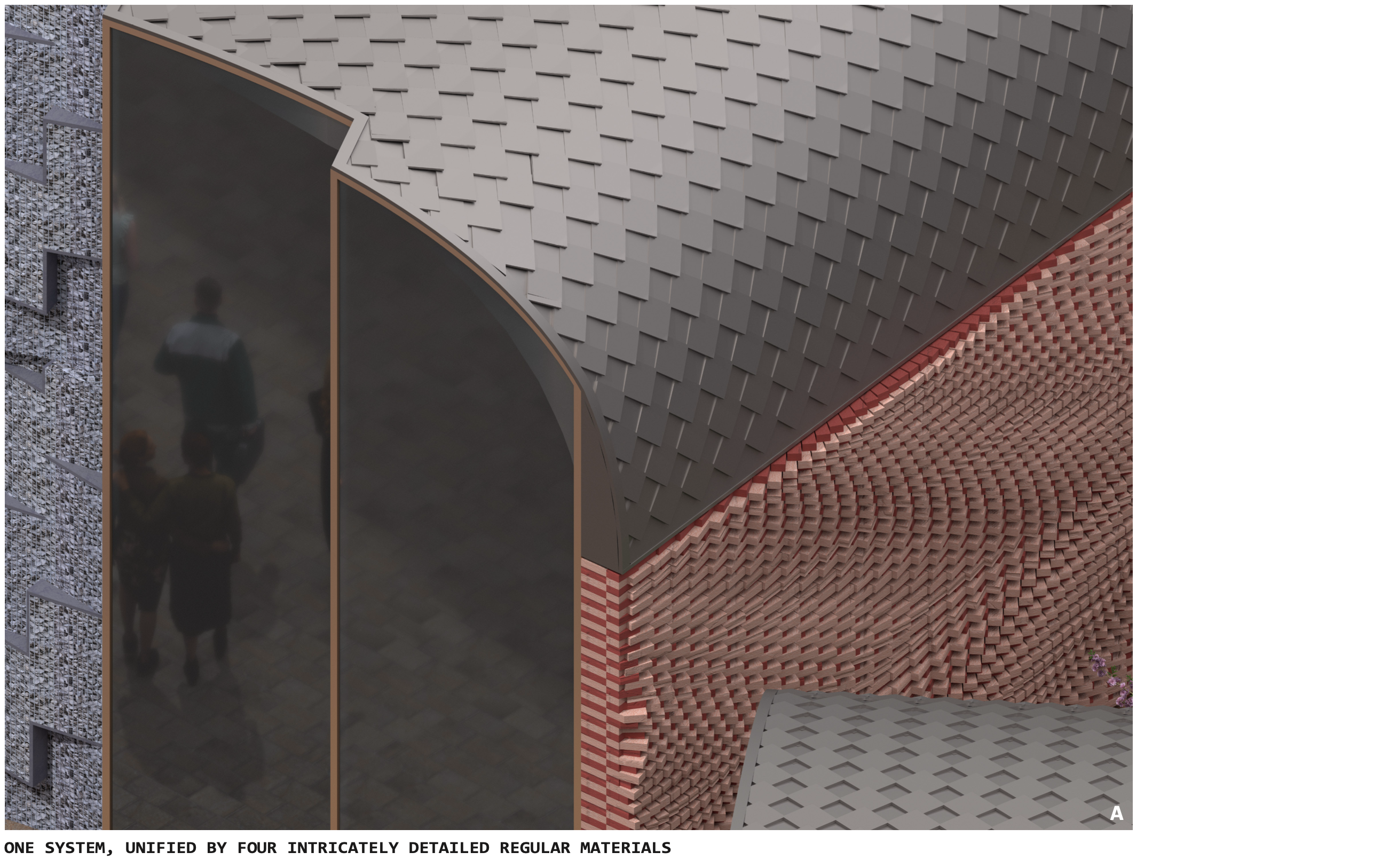
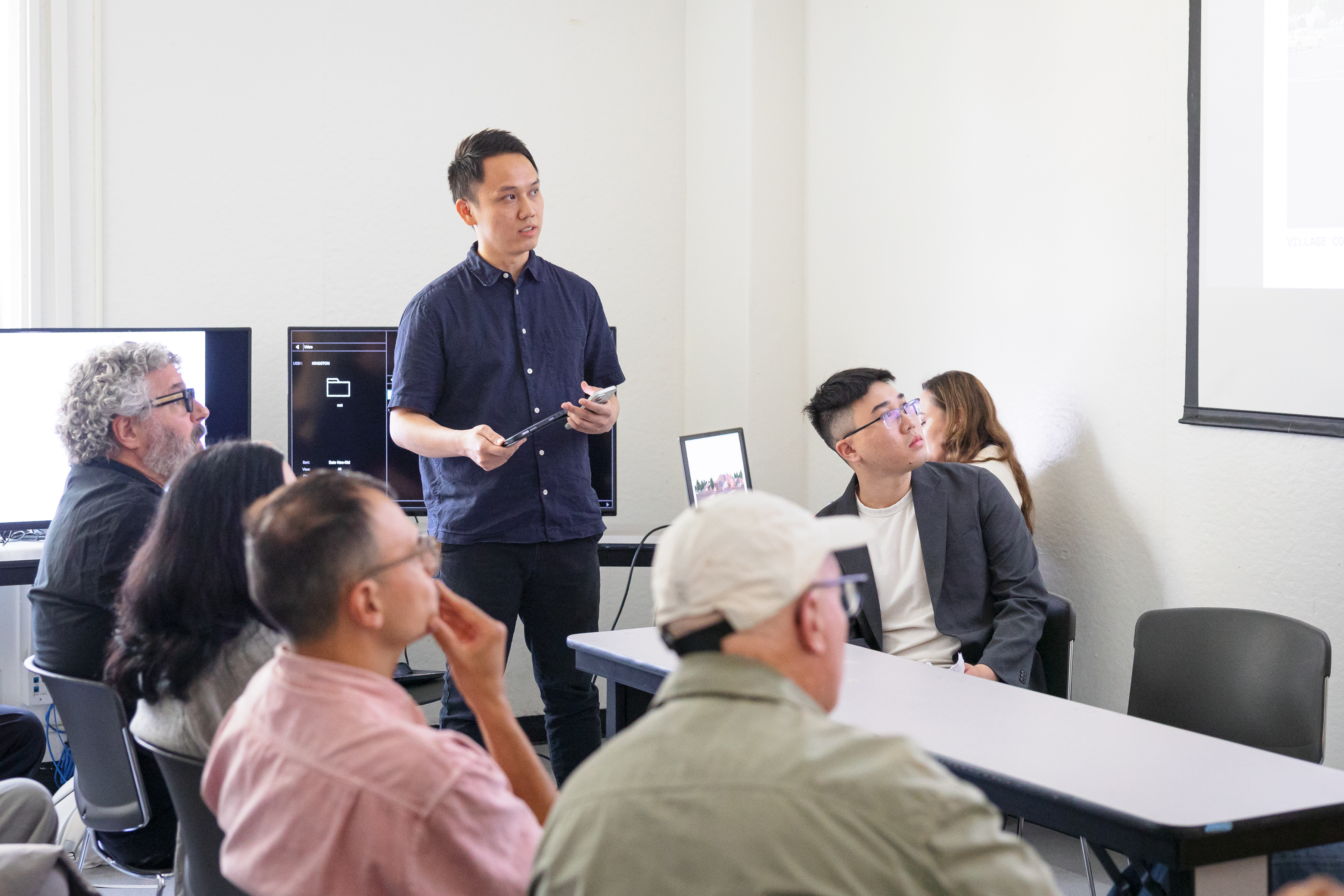
Design with an Explicit Statement of Mission & Vision
3rd-year MArch Research Studio
Instructed by Greg Lynn
The research studio centers on the development of a deeply personal and critically articulated architectural agenda through the creation of mission and vision statements.
Rather than beginning with form-making or digital tools, students spend the Fall and Winter quarters refining their conceptual frameworks—engaging in historical, cultural, and theoretical inquiry to define a unique architectural position with measurable goals. These statements function as design instruments, guiding each student’s research and problem formation with precision and depth.
In the Spring, this conceptual groundwork culminates in the design of a community center in Carson, where individual mission and vision statements serve as the guiding criteria for architectural decisions.*
Related Faculty |
Greg Lynn |